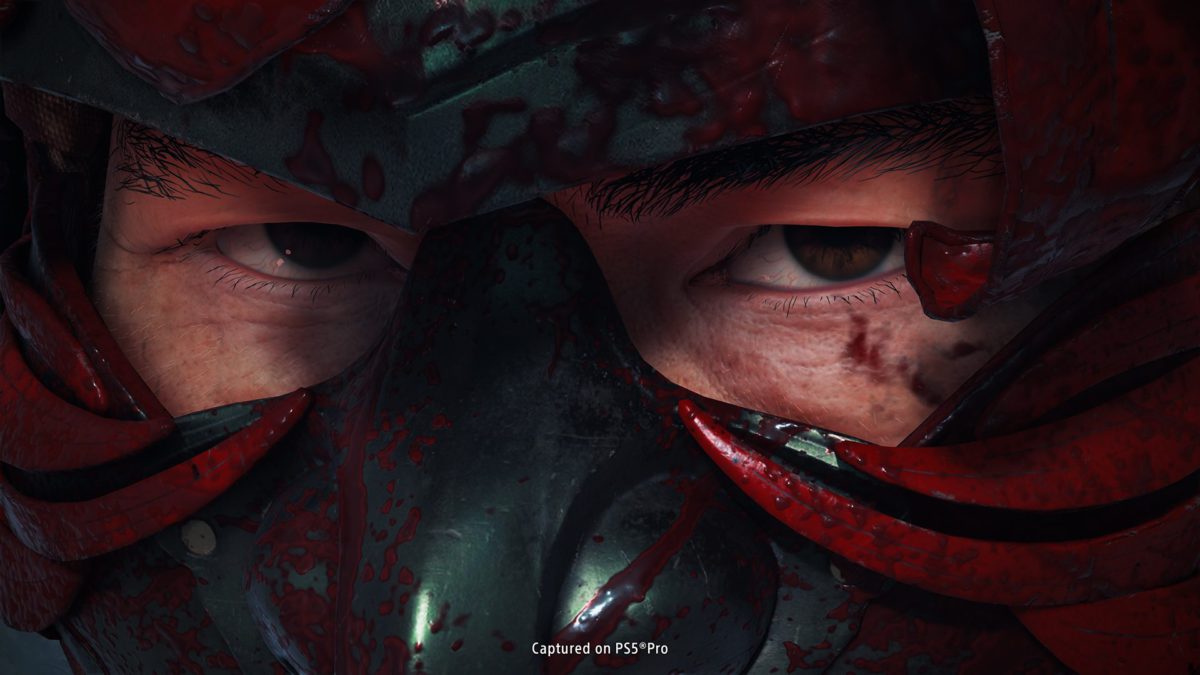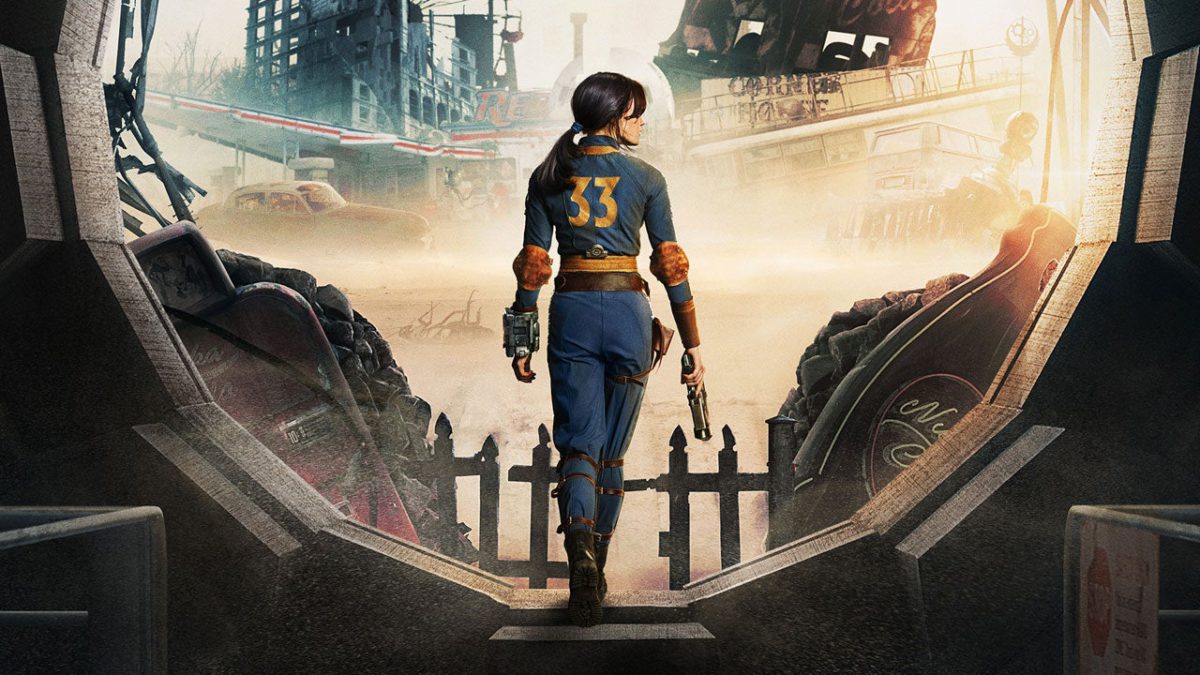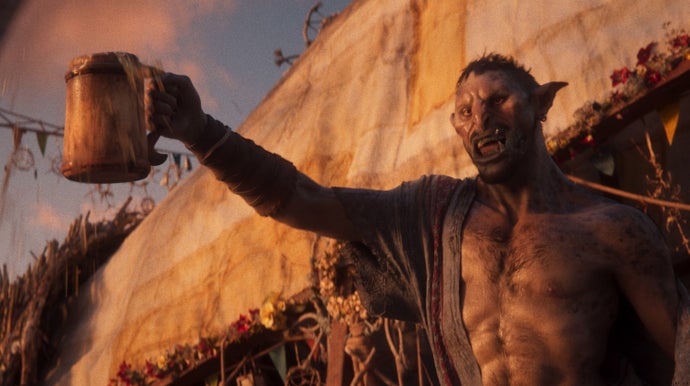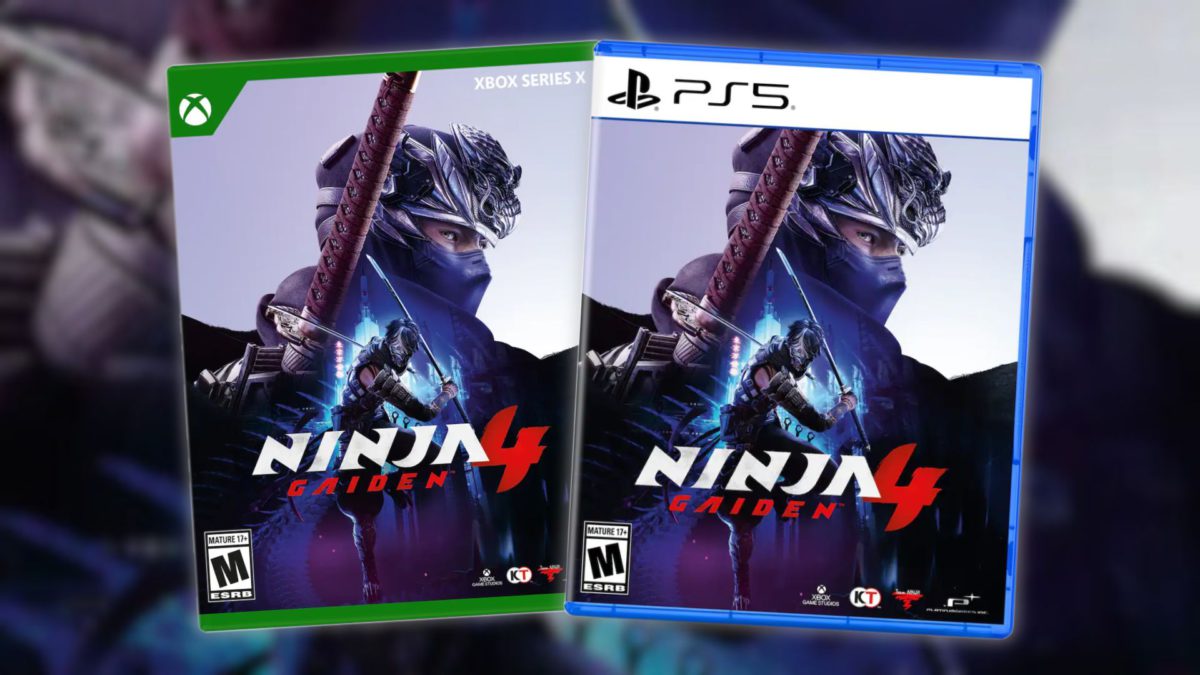
As Stardew Valley fans continue to wait patiently for the previously announced 1.7 update, creator Eric Barone (ConcernedApe) has dropped a couple small, vague, yet exciting hints about what said mysterious update might entail: a new farm type, and “more character/social stuff.”
This comes from a tweet/X post from ConcernedApe, where he was asked if he could give any hints about the upcoming update. His response was pretty simple: “there will be some more character/social stuff, it’s also traditional to add a new farm type. Lots more but I don’t want to reveal much yet.”
there will be some more character/social stuff, it’s also traditional to add a new farm type. Lots more but I don’t want to reveal much yet
— ConcernedApe (@ConcernedApe) December 17, 2025
That’s not a ton of detail, but certainly enough to spark the imagination. The new farm type was indeed to be expected. Stardew Valley started with just one style of farm map, and since its release, most major new content updates have added at least one for a total of eight different options. Each farm map centers around a different specialty, with the Standard map being fairly generic and open-ended, and other maps promoting fishing, foraging, mining, combat, multiplayer, a combination of fishing and foraging, and animal raising. Currently, this means that basically every type of playstyle is supported, so there’s a lot left to wonder about when it comes to imagining what new farm type could be added. Perhaps something that encourages building NPC friendships?
The “character/social stuff” is a little more vague. This could mean anything from new scenes and events with existing characters to new characters entirely. It’s really hard to say at this stage!
Popular fan requests for future Stardew Valley features include more NPCs, including more romanceable NPCs, more dialogue and world lore, but also just generally more of everything: more animals, more crops, more decorations, more clothing, more enemies to fight, dishes to cook, and so forth. ConcernedApe hasn’t really revealed anything so far about what 1.7 will contain, or even when we might expect it. He’s given no release date, only suggested that it’s possible it doesn’t come out until after Haunted Chocolatier releases. Maybe. It’ll be ready when it’s ready.
ConcernedApe did drop one other thing, though. When asked about a potential Nintendo Switch 2 edition, he said he’s announce something “very soon.” A Switch 2 edition was first announced back in September, and will bring mouse controls, four-player split screen multiplayer, and Game Share multiplayer to the Switch version. No release date has been given yet.
We re-reviewed Stardew Valley in 2024 to account for its many, many updates since launch in 2016. While our original review gave it an impressive 8.8/10, the re-review called it a 10/10 masterpiece, saying, “Stardew Valley is not only the best farming game I’ve played, it is one of my favorite games of all time. That myself and others keep returning to this eight-year old gem each time it gets even the smallest update speaks to how it’s truly a masterpiece in the genre it both reinvigorated and has come to define.”
Rebekah Valentine is a senior reporter for IGN. Got a story tip? Send it to rvalentine@ign.com.

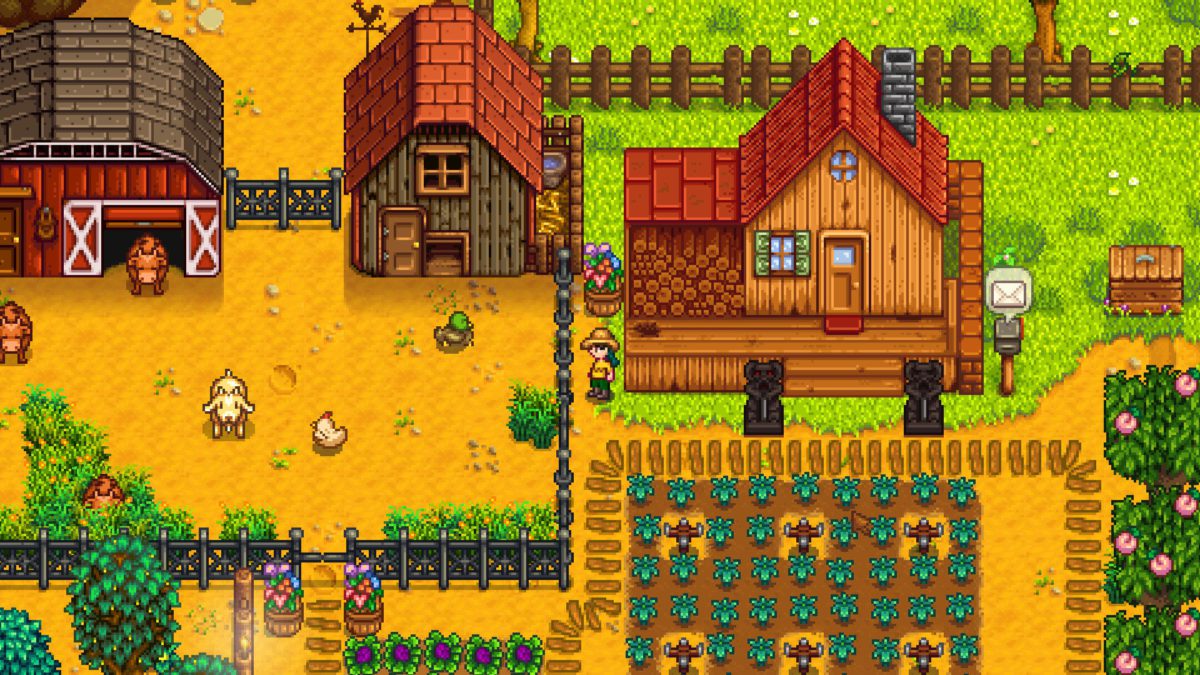
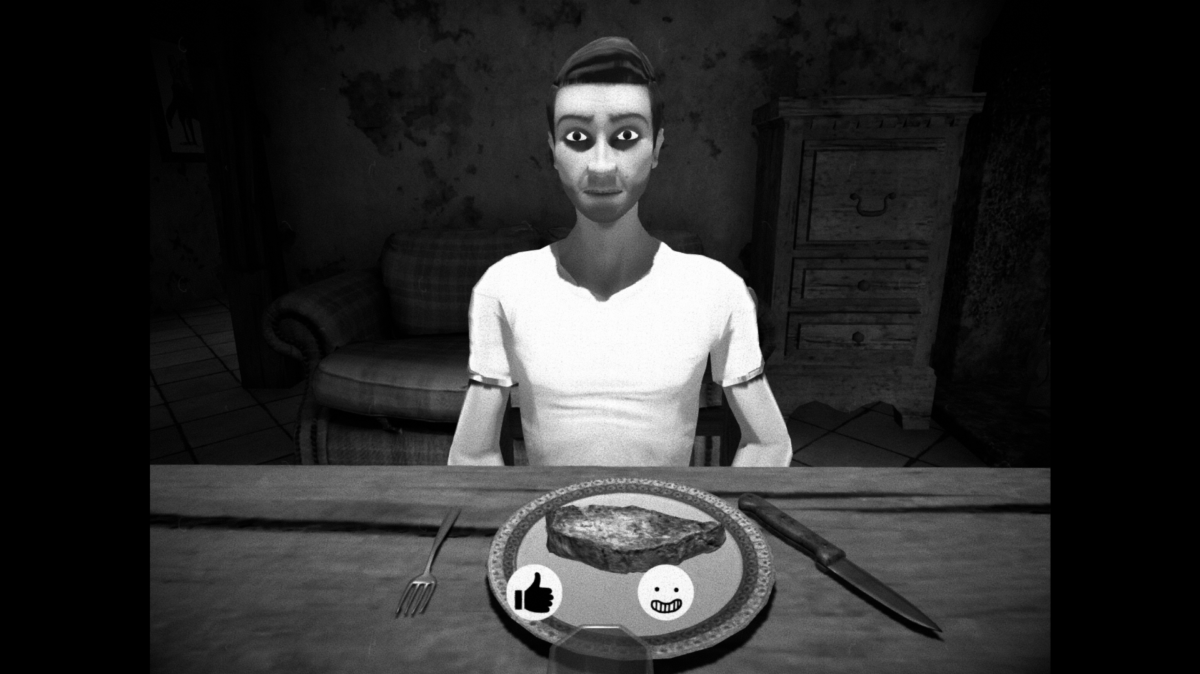

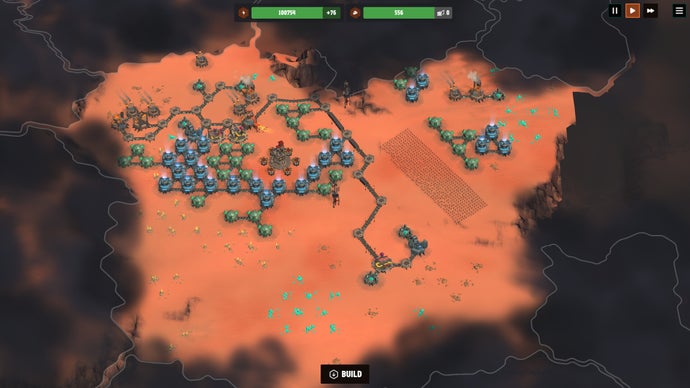
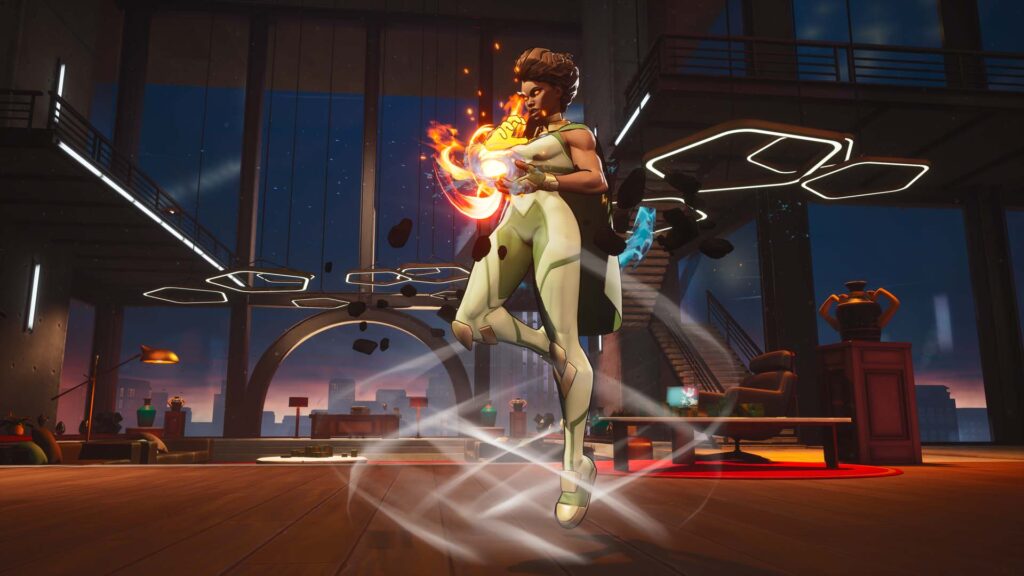
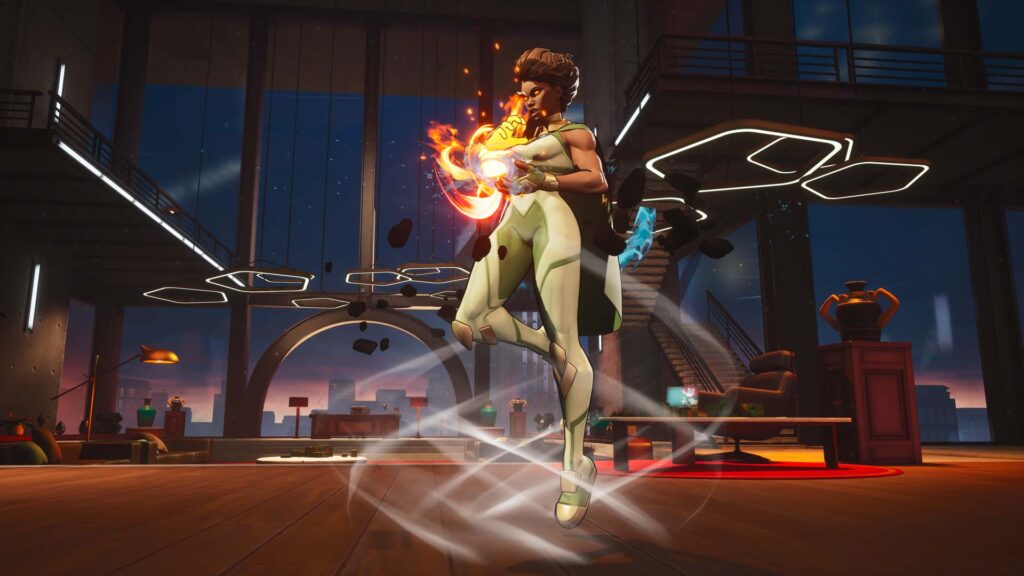
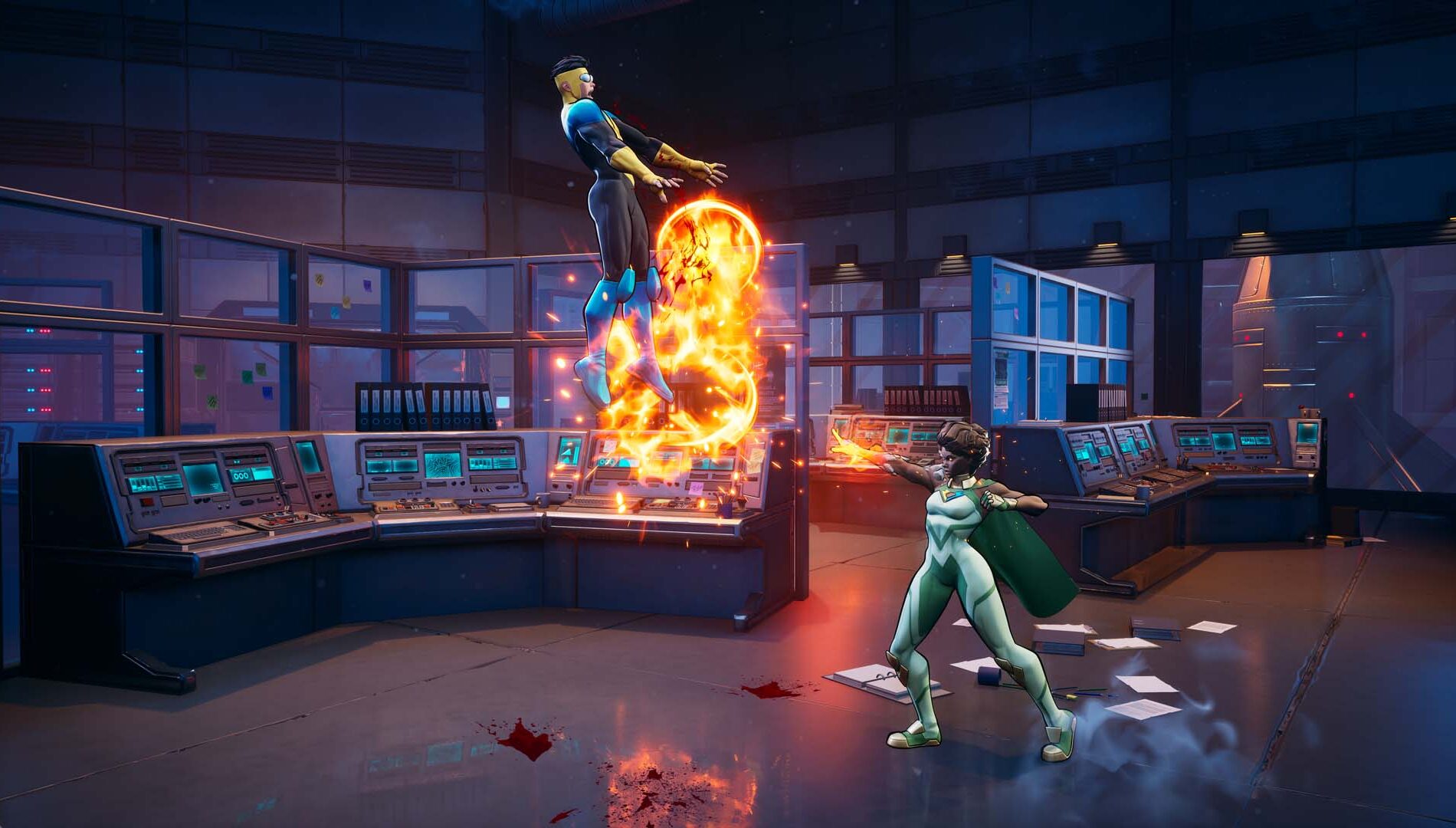
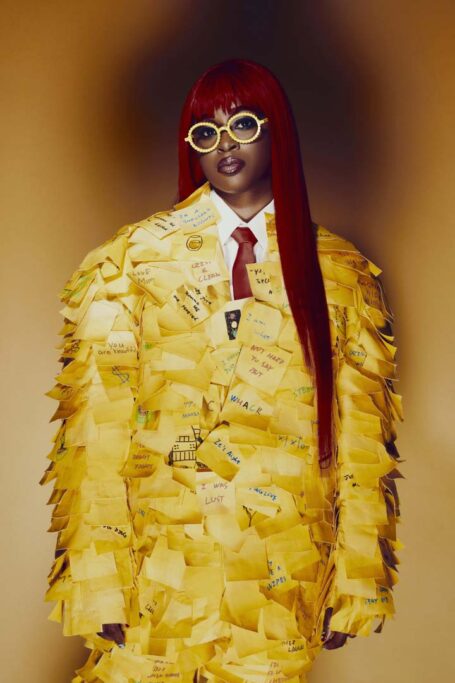
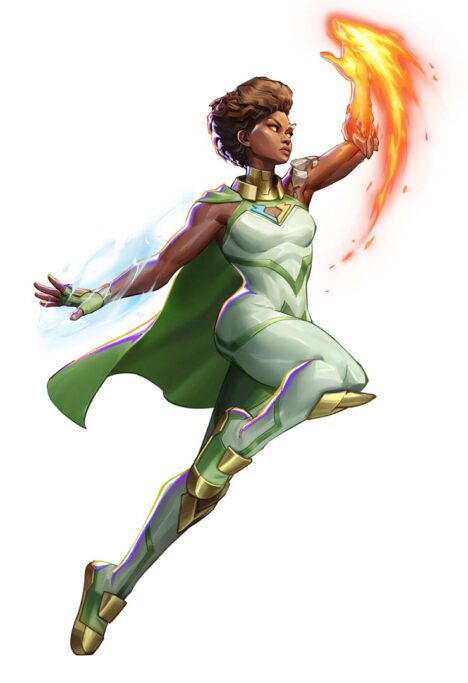
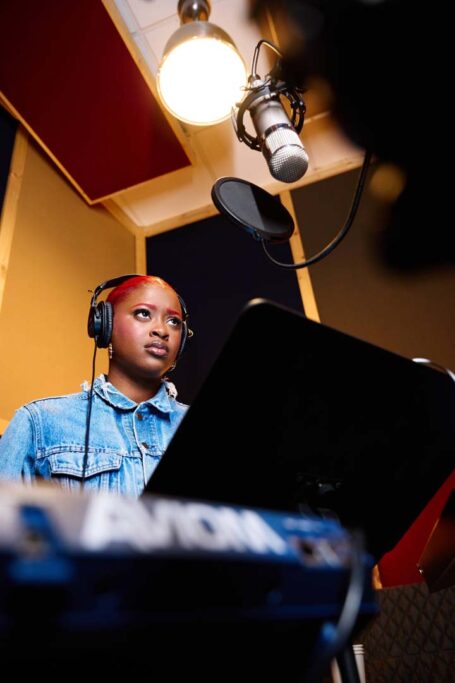
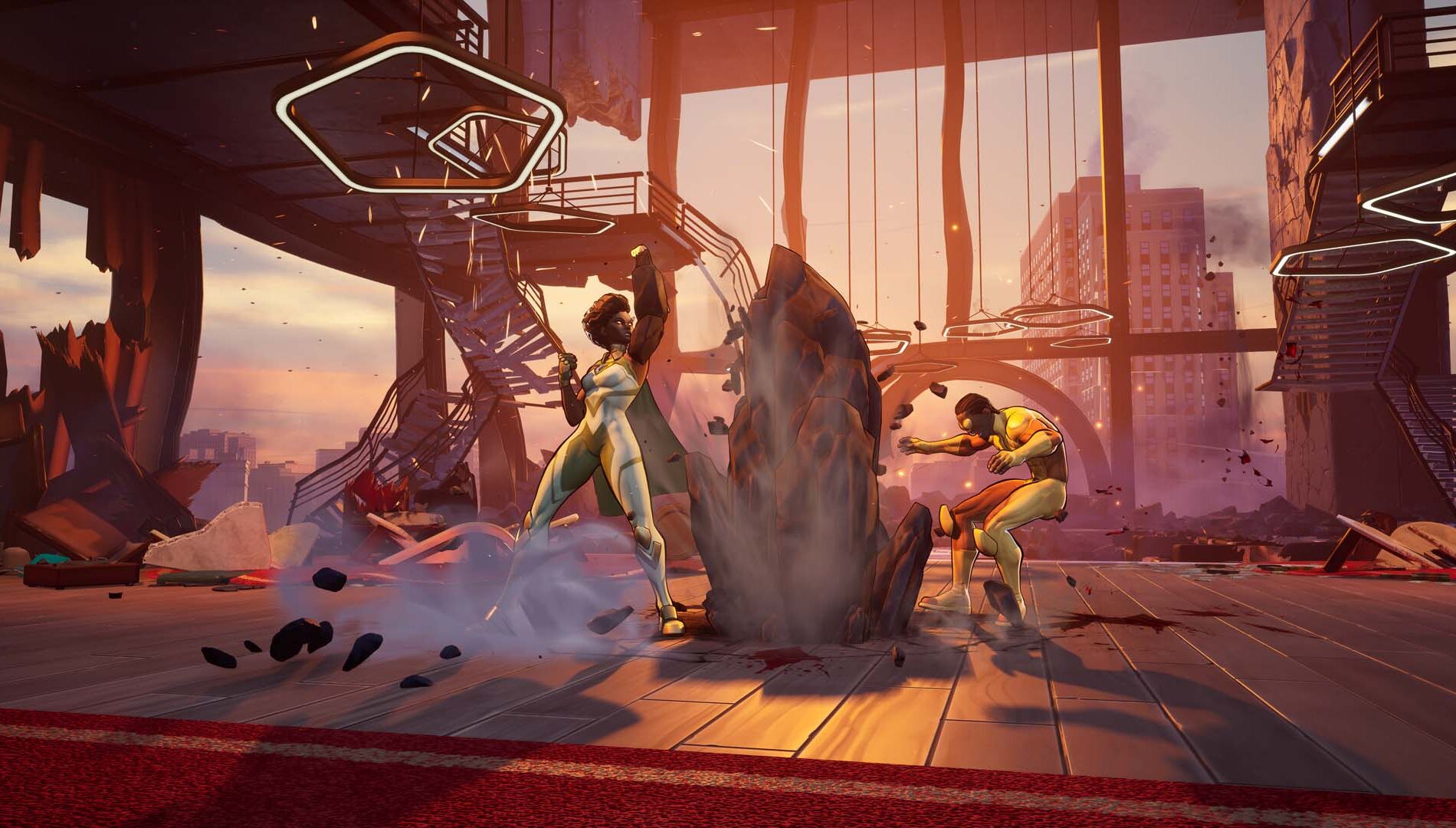


 —the first in-house studio at Skybound—led by former members of the core Killer Instinct (2013) dev team.
—the first in-house studio at Skybound—led by former members of the core Killer Instinct (2013) dev team.